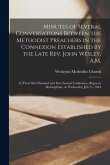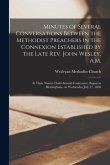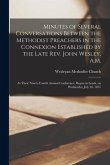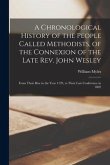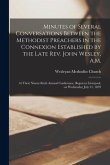âChristian Doctrine And Morals Viewed In Their Connexionâ presents the twenty-fourth Fernley Lecture, delivered by George Gillanders Findlay at Carrs Lane Chapel, Birmingham, in 1894. This lecture explores the intricate relationship between Christian doctrine and practical morality, arguing that a sound understanding of Christian beliefs is essential for ethical living. Findlay delves into key theological concepts and their implications for personal conduct and social responsibility. He emphasizes the importance of integrating faith and practice, urging believers to embody the principles of Christianity in their daily lives. This lecture offers insightful reflections on the enduring relevance of Christian teachings in shaping moral character and fostering a just society, making it a valuable resource for theologians, ethicists, and anyone interested in the practical application of Christian faith. This work has been selected by scholars as being culturally important, and is part of the knowledge base of civilization as we know it. This work was reproduced from the original artifact, and remains as true to the original work as possible. Therefore, you will see the original copyright references, library stamps (as most of these works have been housed in our most important libraries around the world), and other notations in the work. This work is in the public domain in the United States of America, and possibly other nations. Within the United States, you may freely copy and distribute this work, as no entity (individual or corporate) has a copyright on the body of the work. As a reproduction of a historical artifact, this work may contain missing or blurred pages, poor pictures, errant marks, etc. Scholars believe, and we concur, that this work is important enough to be preserved, reproduced, and made generally available to the public. We appreciate your support of the preservation process, and thank you for being an important part of keeping this knowledge alive and relevant.
Bitte wählen Sie Ihr Anliegen aus.
Rechnungen
Retourenschein anfordern
Bestellstatus
Storno


